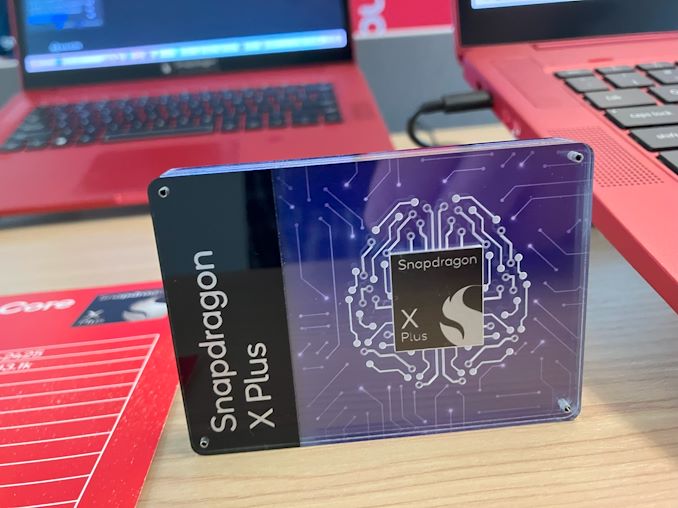There are a couple of new videos out about the X Elite. The first one from MaxTech goes over some benchmark numbers. They boast of their NPU getting 45 tops (unspecified precision) vs M3 18. Still seems a slippery to me. Also it seems like they are hinting there will be no 80 watt version. Not surprising.
I've only watched the first video so far. Sorta watching the second.
Focusing on the CPU, I think @leman and others are entirely correct that this is almost exactly what one would expect from a 12 P-core M2 CPU that uses, I can't quite remember the technical x86 term, variable clock speed to achieve its scaling (dynamic voltage something? DFVS? I'm too tired to look it up) and has no E-cores. I would've liked to seen comparisons with AMD here, as @exoticspice1 pointed out, especially in x86 laptops they, not Intel are the ones to beat in terms or performance and performance/W even if Intel is still the larger chipmaker.
I am torn. I do wish they had been bought by someone other than Qualcomm if nothing else because going after x86 in the server space is where x86 makes much of its profitability. On the other hand releasing quite a good 1st generation product for consumers could also spur growth of ARM into the PC space as well. This can even have a small knock-on positive effects for Apple consumers (thinking of Wine/CrossOver only having to emulate Windows rather than also go through Rosetta and greater optimizations for ARM overall) even if for Apple this could slow growth against the Windows ecosystem which is one reason why Microsoft was so hot-under-the-collar to get a good ARM consumer chip.
An interesting aspect of this is that we get a window into what an Apple chip would like without their E-cores. It turns out scaling clock speed just by itself is pretty damn good if you have a good P-core design! This is probably one reason why AMD has been slower to adopt E-cores in its consumer designs than Intel was.
The GPU performance basically confirms our earlier analysis of the Adreno GPU performance: it’s fine, but the hype was unwarranted. I know people were not thrilled about the hype around Nuvia/Oryon but matching the M2 in their first outing is better than just fine, it’s damn good, especially for the PC space. Maybe I’m doing the GPU a disservice, but … at least in raster performance there’s nothing terribly special here at first glance. And we know Qualcomm’s compute performance has historically been terrible, but maybe they’ll focus on those drivers now that they have a PC chip.
The Qualcomm NPU is interesting, obviously a big focus for them. It sounds like Apple will also be looking to make theirs much bigger in the next generation as well and it should be interesting to see what else Apple does with matrix units, ie the GPU, if anything.
I do not understand Cornaby’s comment. Qualcomm has its own GPU architecture, which is a TBR rasterizer with small tiles. It’s not TBDR and never was. And they never used PowerVR IP?
I guess he just always assumed it was a TBDR design?
Last edited:




